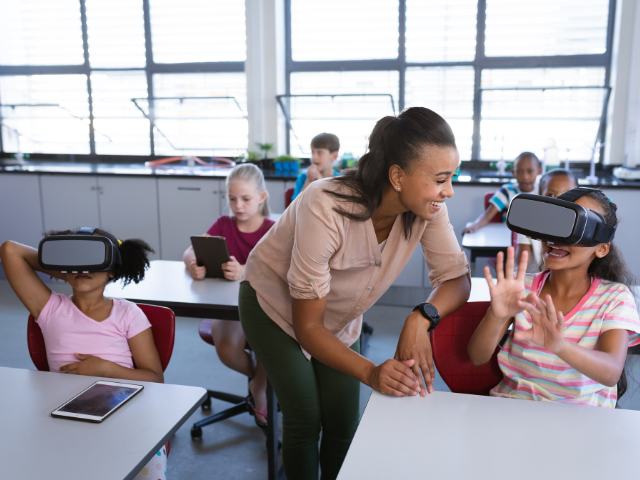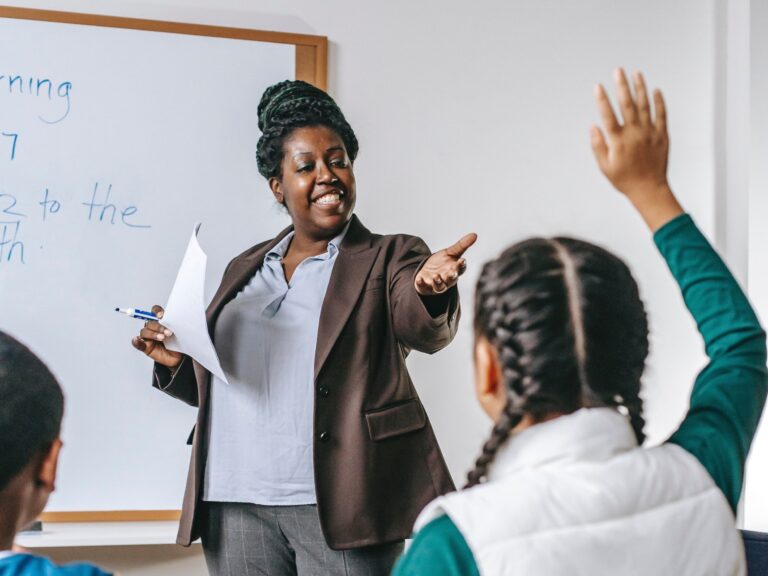Artificial Intelligence (AI) is rapidly transforming every sector of society—and education is no exception. From personalized learning paths to intelligent tutoring systems, AI is reshaping how students absorb information, how teachers deliver content, and how institutions structure learning environments. The changes brought by AI are not just about speed or efficiency—they’re about making education more accessible, adaptive, and effective.
Personalized Learning At Scale
One of AI’s most powerful contributions to education is its ability to personalize learning experiences. Traditional classrooms often struggle to meet the diverse needs of every student. Some learners excel quickly, while others require more time and support. AI-powered systems can analyze student data in real-time—tracking performance, identifying gaps, and adjusting content to suit individual learning styles and paces.
For instance, platforms like Khan Academy and Duolingo use AI algorithms to provide customized lessons based on a student’s strengths and weaknesses. This type of adaptive learning ensures that no one is left behind or held back, helping students reach their full potential on their own terms.
Intelligent Tutoring Systems
Another exciting development is the rise of AI-driven tutoring tools. These virtual tutors can assist students 24/7, offering explanations, guiding problem-solving, and even answering follow-up questions. Unlike traditional tutoring, which is limited by time and cost, AI tutors are scalable and accessible at any hour.
Programs such as Carnegie Learning and Squirrel AI have shown how intelligent tutoring systems can match the support of human educators in specific subjects like math and science. By analyzing a student’s thought process, these platforms can give targeted feedback, clarify misconceptions, and adapt teaching strategies in real-time.
Enhanced Teacher Support
AI isn’t replacing teachers—it’s empowering them. By automating administrative tasks such as grading quizzes or tracking attendance, AI gives educators more time to focus on what truly matters: teaching and mentoring students. Some platforms even offer insights into class performance trends, allowing teachers to intervene early when a student shows signs of falling behind.
AI tools also help in creating educational content. With AI-generated quizzes, lesson plans, or summaries, teachers can save time and ensure materials are tailored to specific learning outcomes.
Virtual Classrooms And Chatbots
AI is also enhancing remote and hybrid learning models. AI-driven chatbots serve as virtual assistants that can answer student questions instantly, recommend resources, and guide users through platforms. This provides consistent support, especially valuable in large online courses where human instructors may not be readily available for every query.
In virtual classrooms, AI can monitor student engagement through eye movement tracking, facial recognition, and participation metrics. These insights allow instructors to understand when students are disengaged and adjust teaching methods accordingly.
Bridging Gaps In Accessibility
AI technology is playing a significant role in making education more inclusive. Tools like speech-to-text and real-time translation services help students with disabilities or language barriers access content with greater ease. AI-driven platforms can also convert text into audio for visually impaired learners or generate sign language avatars for deaf students.
By removing these barriers, AI ensures that education is more equitable and available to all learners, regardless of their physical abilities or native language.
Final Thoughts
AI is more than just a technological trend—it’s a catalyst for reimagining the way we learn and teach. While challenges remain around ethics, privacy, and equitable access to AI tools, the potential benefits are vast. From personalized learning journeys to 24/7 tutoring support and greater inclusivity, AI is making education smarter, more adaptable, and deeply student-centered. As we move forward, the key will be to harness these tools responsibly—ensuring that both educators and learners benefit from a future shaped by intelligent innovation.
Discover more through these resources :
https://xamshebeauty.com/
https://journalistenews.com/
https://remood.org/
https://lawandtechnology.net/
https://geohealthwestafrica.org/
https://jhomefashion.com/
https://supernorth.co.uk/
https://ournewstw.com/
https://averyhealthcare.org/
https://betonmoney.com/
https://lainhomecareservice.com/
https://meregrand.org/
https://thegreenhousecc.org/
https://treatmentdiariesblog.com/
https://releaseswebershandwick.com/
https://nickernewsblog.com/
https://releasesinpress.com/
https://mountainhometreeservice.com/
https://empeusacbd.com/
https://marijuanaonlineshopsupply.com/
https://homedocsmedical.com/
https://statianews.com/
https://medicalmarijuanacontrolact.org/
https://cbdhempoilqueen.com/
https://oblive.co.uk/
https://artwalknews.com/
https://holradio.net/
https://newst20.com/
https://homesinmia.com/
https://ncruralhealth.org/






